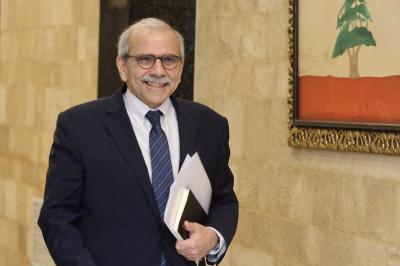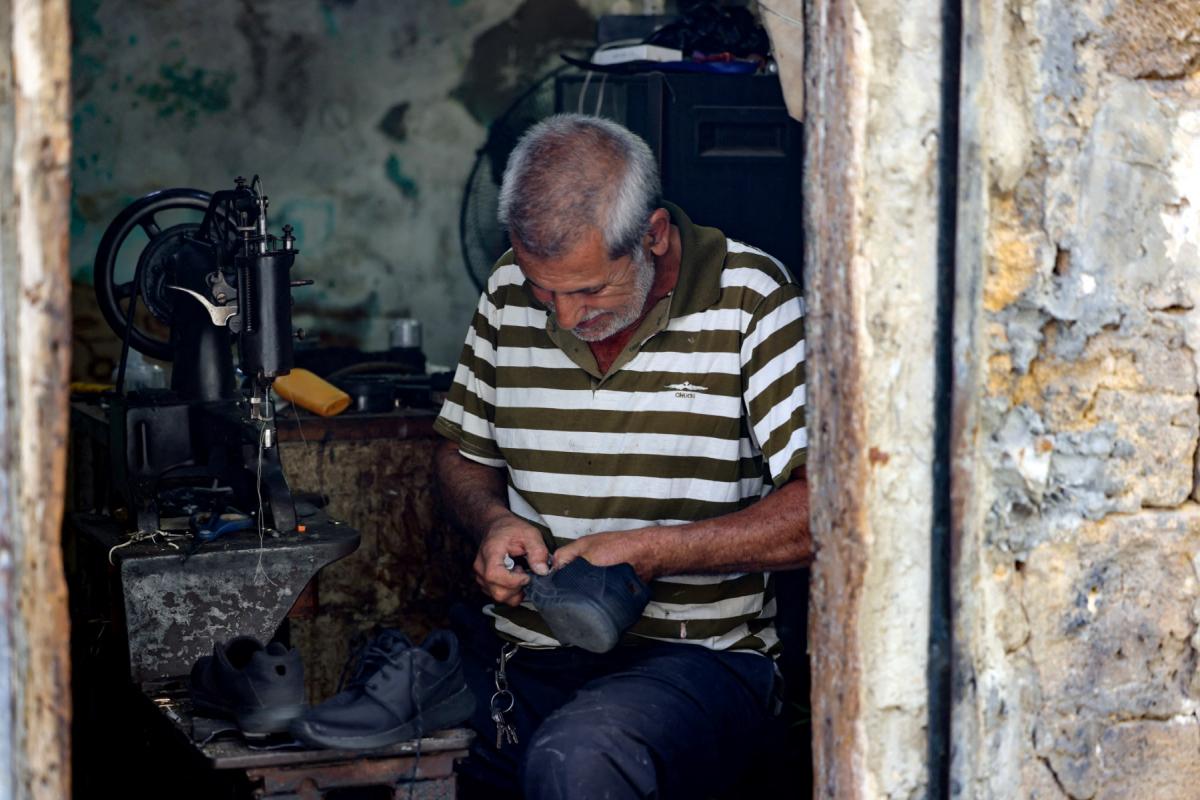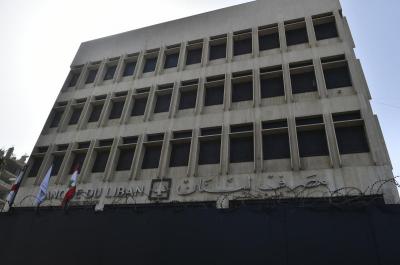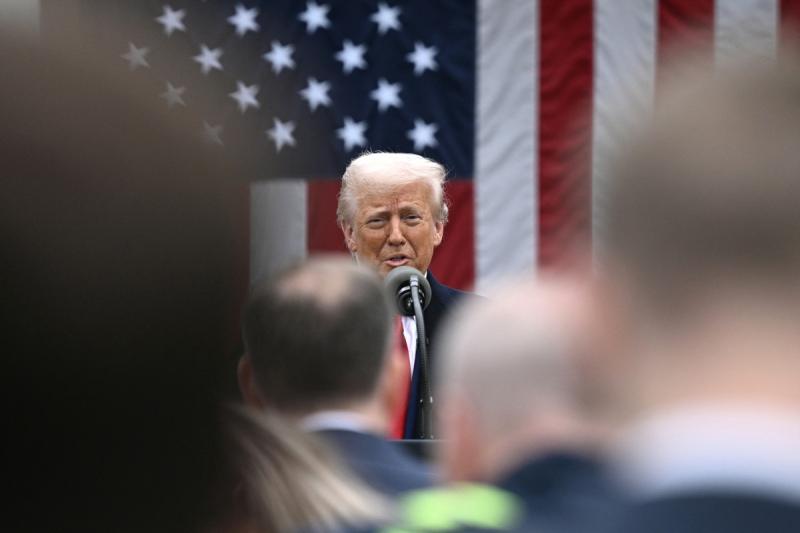Lebanese university graduates are struggling—albeit to varying degrees—to break into the job market, particularly abroad. The country’s education system, from primary school to university, has been in decline for years, long before the economic collapse. A study by the Lebanese Center for Studies reveals that many recent graduates come from public schools, where students lost nearly 765 days of actual instruction since 2016.
Adding to this educational deficit are frequent university closures, deteriorating curricula, and the unchecked proliferation of private institutions of questionable quality—often founded along sectarian and regional lines. The result: Lebanon is now facing an education crisis that extends beyond difficulty in securing high-paying, prestigious jobs. Its impact is also being felt on the economy, particularly through the decline of remittances from Lebanese expatriates, a crucial financial lifeline that the country has long relied upon, both before and during the crisis.
A National Qualifications Framework in the Making
In response to this reality, the Ministry of Education established a committee on February 5, 2025, tasked with proposing a National Qualifications Framework for higher education as part of its 2023–2027 five-year plan. The committee is working in collaboration with the Francophone University Agency, UNESCO’s regional office in Beirut, and Erasmus+, drawing from their expertise to formulate a structured approach. The committee is expected to submit a detailed report within nine months, outlining its findings and recommendations to the Directorate General of Higher Education.
The Decline of Educational Competence
“What Lebanon is truly lacking today is competence in education,” says Moussa Soueidane, an expert in educational technology and robotics. He emphasizes the urgent need to align academic programs with market demands, particularly before launching new specializations.
Universities should no longer create programs arbitrarily, Soueidane argues. Instead, they must follow the National Qualifications Framework, which defines the core competencies students must acquire—especially in science, mathematics, and technology-related fields. While the committee includes highly qualified experts, Soueidane believes expanding its scope would have been beneficial, given the scale of the reform.
He also insists that universities must engage with the committee and implement its recommendations, as it is no longer acceptable to graduate thousands of students in fields with no job prospects. Furthermore, academic curricula and licensing exams for regulated professions should be aligned with European standards, ensuring that Lebanese graduates can compete in an increasingly demanding international job market.
A Sector in Crisis: Where to Begin?
Historically, Lebanese higher education has played a key role both regionally and internationally. Today, however, it is in dire need of reform and revitalization to restore its competitiveness and sustainability. According to the five-year plan, several structural weaknesses are undermining the system:
-Poor governance and ineffective regulations.
-A mismatch between educational offerings and economic and social needs.
-A funding model that fails to adequately support institutions and students.
-Outdated IT infrastructure and a lack of data management systems.
Administratively, the higher education sector is also plagued by significant challenges:
-The absence of a structured Directorate General for Higher Education, hindering oversight and policy enforcement.
-A lack of quality assurance mechanisms for university education.
-A widening gap between academic programs and job market demands.
-Weak research output and innovation in higher education institutions.
-An escalating brain drain, with increasing numbers of skilled graduates leaving the country.
Bridging the Gap Between Education and Employment
Addressing these challenges requires far-reaching reforms, starting with enhancing the relevance of academic programs and improving learning outcomes. The plan proposes the creation of a council bringing together key stakeholders from both academia and the job market, as well as the establishment of innovation incubators within universities.
One of the most pressing issues is the need for a sustainable funding model for the Lebanese University, which enrolls approximately 80,000 students—around 34% of Lebanon’s total university population. The institution is struggling with chronic underfunding, deteriorating faculty salaries, and frequent strikes, all of which negatively impact both teachers’ motivation and students’ learning conditions.
Moussa Soueidane also highlights the necessity of recognizing professional skills acquired outside traditional university pathways. He suggests implementing a certification system for skilled workers without academic degrees, similar to existing models in the United States and Jordan, allowing them to obtain licenses to practice their professions without necessarily completing formal higher education.
A Long Road to Reform
Transforming a sector burdened by institutional chaos and academic-market misalignment is no easy feat. With 51 private universities serving around 158,000 students, Lebanon cannot overhaul its entire system overnight.
One pragmatic approach, according to the economic website “Sifr”, would be to focus on the ten universities enrolling 72% of students—over 113,000 individuals. Without a well-structured action plan and adequate funding, Lebanon will continue producing graduates with little to no job opportunities, fueling a vicious cycle of unemployment, economic instability, and mass emigration of its best and brightest.
 French
French
















